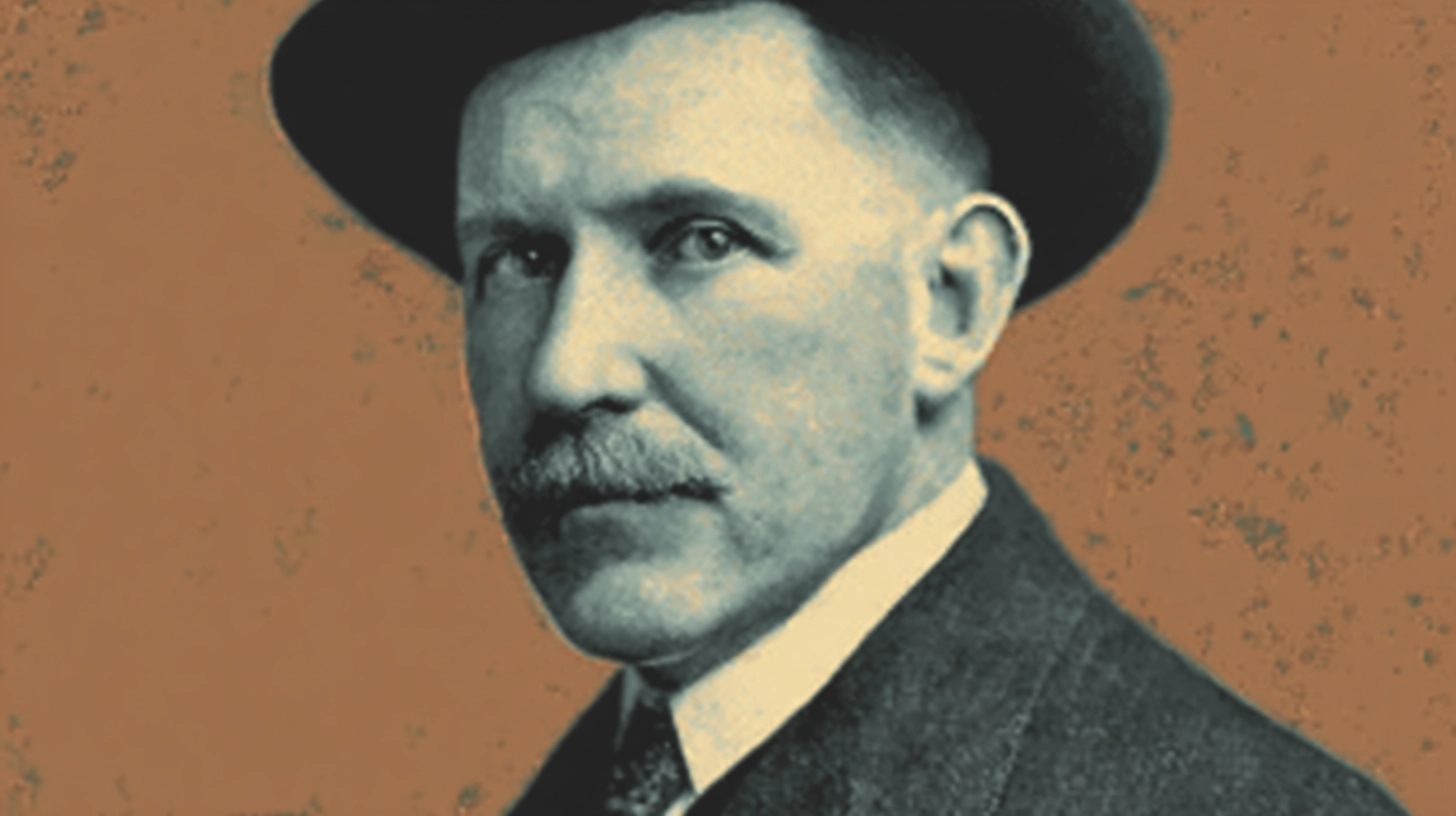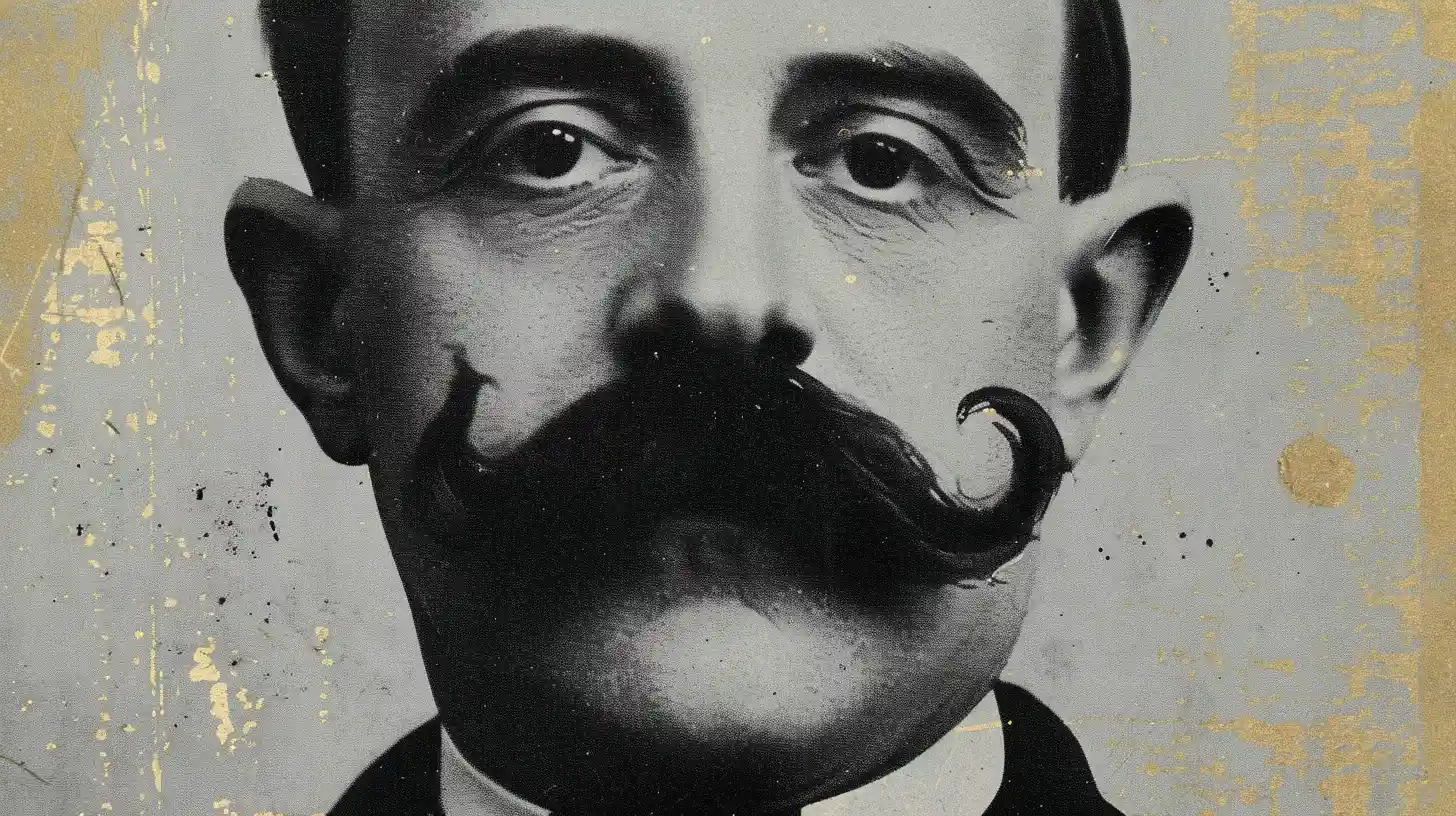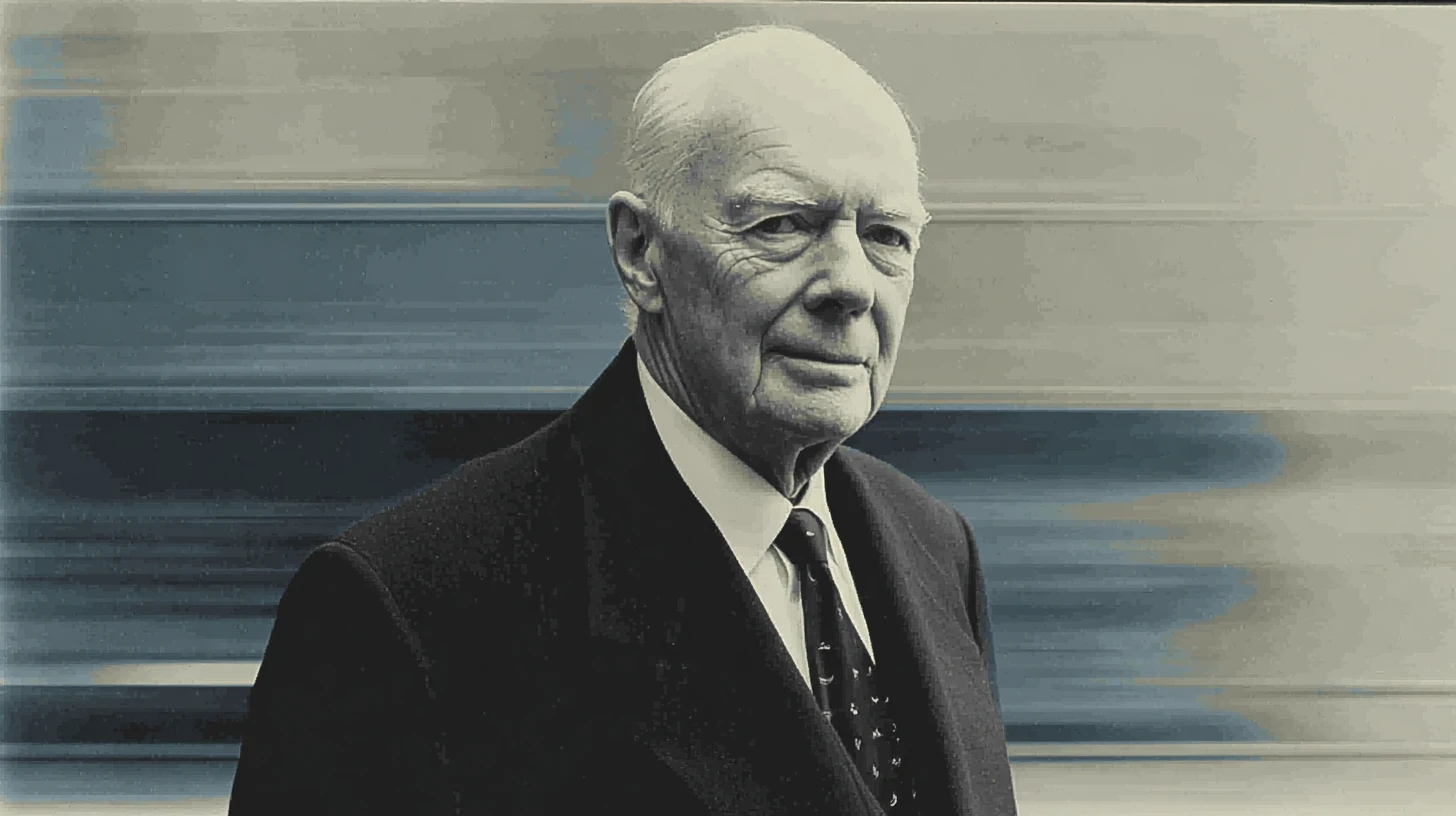.webp)
© History Oasis
These CEOs took a broken or nascent logistics empire and rebuilt it into something that changed how America works.
They came from different eras, used different methods, but shared one trait: they saw what others missed. A teenager with $100 borrowed from a friend. A railroad baron who bought wreckage and turned it into gold. A professor who cut a bloated giant back to muscle. A turnaround artist who died before seeing his full vision realized.
These aren't polished corporate hagiographies. They're stories of obsession, risk, and occasionally ruthless pragmatism. The kind of leadership that doesn't fit neatly into business school frameworks.
Here's what they built.

James Casey started UPS in 1907 with $100 borrowed from a friend. He was 19, running telegram deliveries in Seattle from a basement smaller than most closets.
He treated workers like partners before anyone used that word. In 1927, he created an employee stock ownership plan. Drivers owned pieces of the company they drove for. This wasn't charity. Casey believed ownership created loyalty, and loyalty meant packages arrived on time.
He ran UPS for 55 years. Never married. Lived in the same modest apartment for decades. Wore brown suits to match the trucks. The man was UPS, and UPS was the man.
His obsession was efficiency. He'd ride routes with drivers, timing every stop, studying every motion. Not to punish, but to perfect. Casey turned package delivery into science. He standardized everything: how drivers held packages, which hand opened doors, and the exact angle to park trucks.
By 1962, when Casey finally stepped back, UPS operated in 31 states. The teenager with $100 had built the country's largest package delivery service. He died in 1983 at 95, still attending board meetings, still wearing brown.

E. H. Edward Henry Harriman controlled more miles of railroad track than any human in history. At his peak in the early 1900s, he ran 60,000 miles of steel spanning the continent.
Harriman bought Union Pacific in 1898 when it was bankrupt and rotting. The transcontinental railroad had been gutted by corruption, its tracks so poorly maintained that trains derailed regularly. He paid $40 million for the wreckage.
Then he rebuilt everything. Harriman spent $160 million upgrading tracks, replacing bridges, and buying new locomotives. People called him crazy. He ignored them. By 1906, Union Pacific was the most profitable railroad in America.
But Harriman didn't just run railroads. He tried to own them all. He waged war with James J. Hill for control of the Northern Pacific Railway. The fight triggered the Panic of 1901, sending the stock market into chaos. Harriman lost that battle but won everything else.
His methods were brutal. He'd buy competing lines and shut them down. He'd manipulate stock prices, crushing rivals through financial engineering. Teddy Roosevelt called him a menace and tried to break up his empire using antitrust laws.
Harriman died in 1909 at 61, exhausted from building and fighting. His estate was worth $70 million (about $2 billion today). Union Pacific still runs on the infrastructure he built 115 years ago.

Snow ran CSX from 1989 to 2003. His story is about cutting fat and building systems.
He arrived from the business school world and found CSX bleeding money. The railroad had grown bloated through mergers, running duplicate routes, and maintaining redundant facilities. Snow cut deep. He closed rail yards, sold off unprofitable lines, and reduced the workforce by thousands.
Wall Street loved it. CSX stock tripled during his tenure. But Snow did something unusual for a cost-cutter: he invested heavily in technology. CSX became the first railroad to implement GPS tracking across its entire fleet. He digitized scheduling systems, turning what had been guesswork into mathematical precision.
The changes worked. By 2003, CSX was generating $8 billion in revenue and operating more efficiently than at any point in its history.
Then George W. Bush called. Snow became Treasury Secretary, leaving CSX for politics. His railroad years became a footnote to his government service, but the systems he built still run CSX today.

Fred Smith wrote his Yale term paper on the need for overnight delivery in a computerized world. His professor gave it a C. The feedback? The concept was interesting but unfeasible. Smith kept that paper. Built a $90 billion company around it anyway.
FedEx launched in 1973, right as the oil crisis hit. Fuel costs exploded. Competitors sued constantly, trying to stop this upstart that threatened their cozy, regulated world. Smith said creditors were literally chasing him down hallways. He had 91 banks turn him down for loans.
In 1973, FedEx was weeks from bankruptcy. Smith had $5,000 left in the bank, not enough to fuel the planes. So he flew to Las Vegas and played blackjack all weekend. He came back with $27,000. That's not a business school case study. That's desperation with a side of reckless genius.
The blackjack money bought enough time to secure the financing that saved the company.
But Smith wasn't just some pampered Yale kid playing with daddy's money (though he did inherit $4 million, which he immediately sank into FedEx). He served two tours as a Marine Corps officer in Vietnam, flying over 200 combat missions. Earned a Silver Star, Bronze Star, and two Purple Hearts. The military logistics experience? That's where he learned how to move things fast under impossible conditions.
FedEx went public in 1978. By the 1980s, it was printing money. Smith kept pushing. Bought Flying Tigers in 1989 for international expansion. Launched FedEx Ground. Built an empire on the simple idea that speed matters.
He finally stepped down in 2022 after 51 years. Still chairs the board. The man who bet everything on blackjack and a C-grade paper? He's worth about $5 billion now.